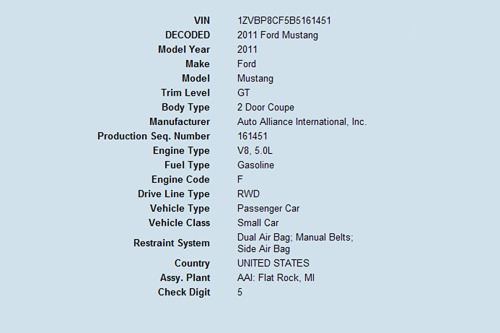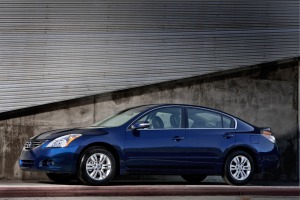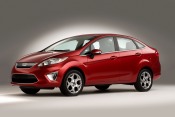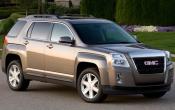
A Vehicle Identification Number (VIN) is the 17-digit string of numbers that the manufacturer assigns to an individual vehicle. The VIN can reveal a number of things about a car, including its airbag type, country of origin, engine size, model year and trim level. Typically, the VIN is stamped into a plate that's mounted on the dashboard near the windshield or on the driver-side door jamb. It's also stamped on the engine's firewall.
The article "Making Sense of Your VIN" explains what each element of the VIN represents, but if you want to get a free, quick, personalized VIN readout, try the Pronto VIN Decoder, a search tool that can translate your VIN in a matter of seconds. We entered a few VINs from the cars in our test fleet and found some interesting information.
2011 Chevrolet Volt VIN

First up was our 2011 Chevrolet Volt. There were two items that stood out. If you just looked at the engine type, you would never know it was a plug-in hybrid capable of going about 40 miles on its electric motor.
The other attention-getter was the fuel type. It says that the Volt can run on E85. Some research revealed that while this might be true next year, it isn't right now.
GM originally intended to launch the Volt with a flex-fuel variant, but the emissions package was not ready for the first model year, according to the automaker. GM is planning to release the flex-fuel version of the Volt sometime in 2012. So the current model cannot run on E85. The E85 compatibility apparently was incorporated into the VIN data before GM decided that a flex-fuel version wouldn't be ready in time for 2011.
2011 Nissan Leaf VIN

We wanted to see what an EV's VIN looked like and found that the information on the 2011 Nissan Leaf wasn't anything out of the ordinary. It correctly lists the engine and "fuel" type for the car.
2012 Fiat 500 VIN

The 2012 Fiat 500 is a reminder of just how globalized carmakers have become. Fiat is an Italian company that owns more than a quarter of Detroit-based Chrysler and manufactures the 500 at Chrysler's plant in Toluca, Mexico.
Notice that the tenth element in the VIN is "C." The letter represents the 2012 model year, but it could also mean 1982. Because the model year is represented by one character (letter or number) in the VIN and the VIN can only contain 17 characters, the code for model years has to be recycled — every 30 years. So while one letter can represent more than one year, it should be pretty obvious whether the car is a 1982 or a 2012 — or 2042, for that matter.
2011 Ford Mustang GT VIN

Finally, here's the readout on a 2011 Ford Mustang GT. Notice that the manufacturer isn't listed as Ford Motor Company. No, Ford didn't get bought out. The Auto Alliance International, Inc. is a joint venture between Ford and Mazda that currently produces the Mustang and the Mazda 6. But it will always be the Ford Mustang to us.
Other VIN Uses
Other than using your VIN for deciphering your car's pedigree, you can use it for less entertaining but more important reasons involving its title, registration and insurance. Another critical use of a VIN is to obtain a vehicle history report for a car you're considering for purchase. Before you buy a used car — even if it's from a dealer — it's important to get the vehicle's VIN and use it to run a history report that can reveal if the car has been reported stolen or if it has a salvage title. There are several types of reports to choose from. Read "Which Vehicle History Report Is Right for You" to decide.
A VIN is also important for purchasing replacement parts for your vehicle. Bring it along when you buy. Vehicle parts are often specific to certain VINs and may not fit your car if you only go by its year, make and model.










